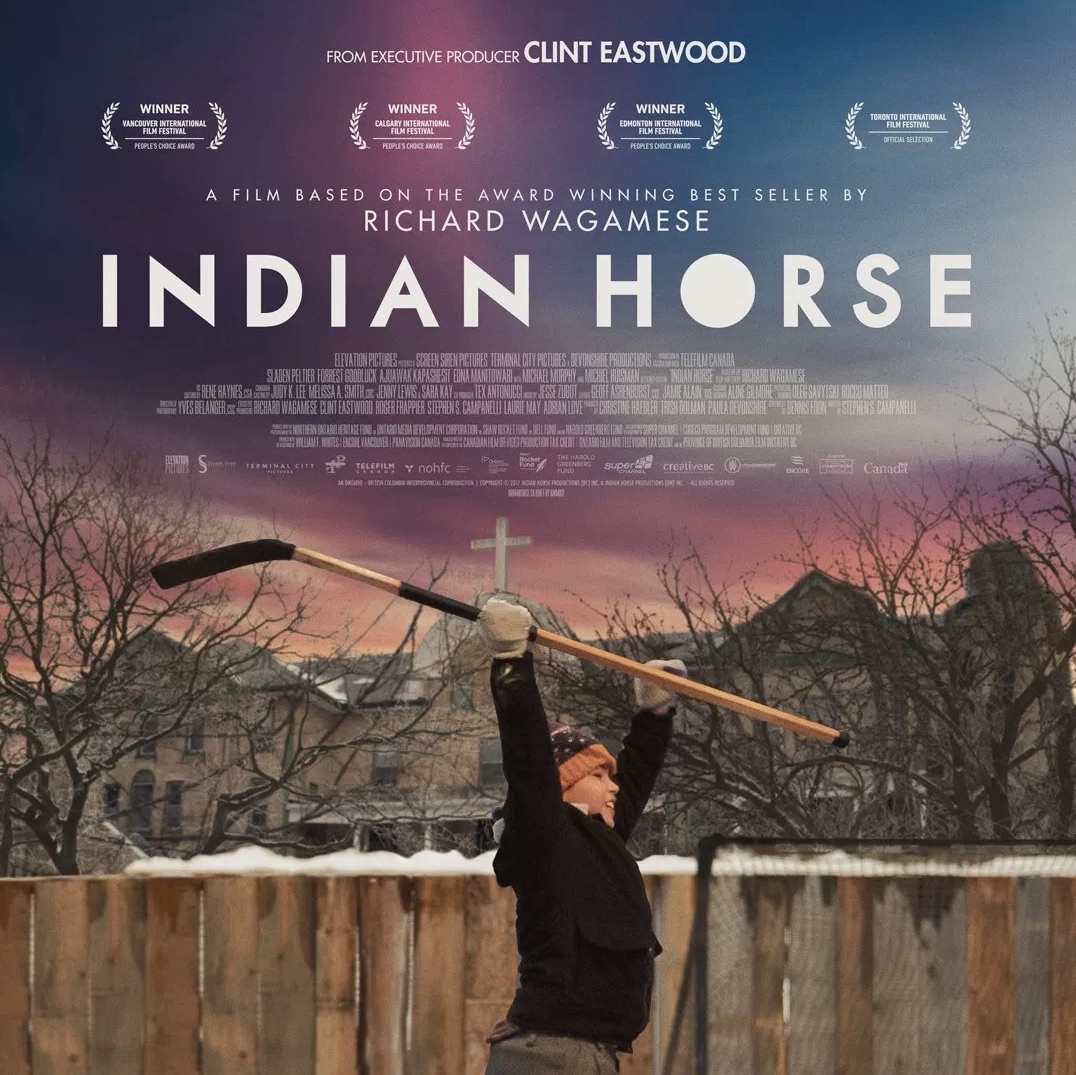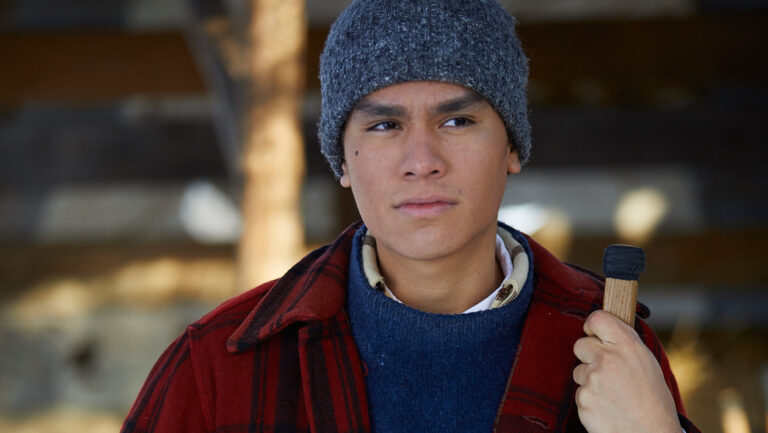Film Interview: Riding To Recognition In Indian Horse
An Interview With New Mexican Actor Forrest Goodluck


Latest Article|September 3, 2020|Free
::Making Grown Men Cry Since 1992

